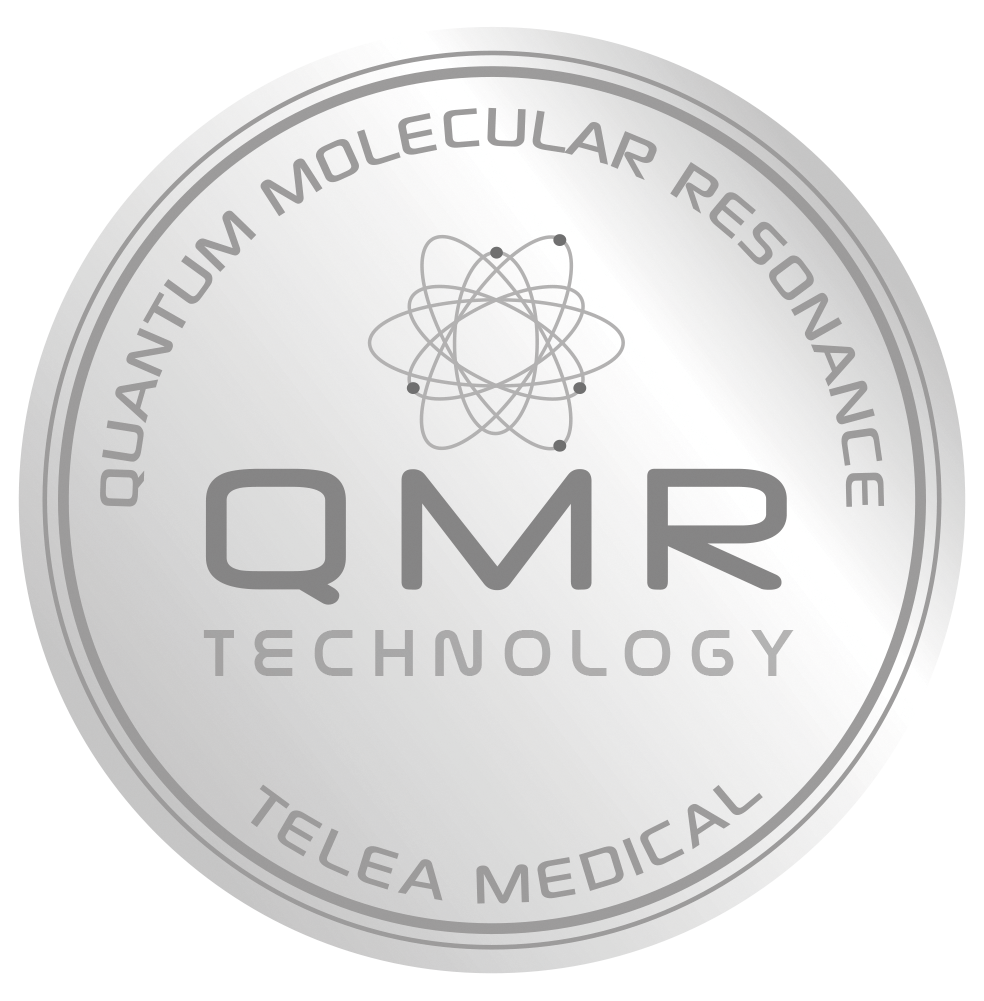
5 Steps of QMR REGENERATIVE PROCESS
1. ANTI-INFLAMMATORY PROCESS
QMR reduces local inflammation by polarizing M1 macrophages towards M2 macrophages (the anti-inflammatory ones)
Read the scientific paper: HERE
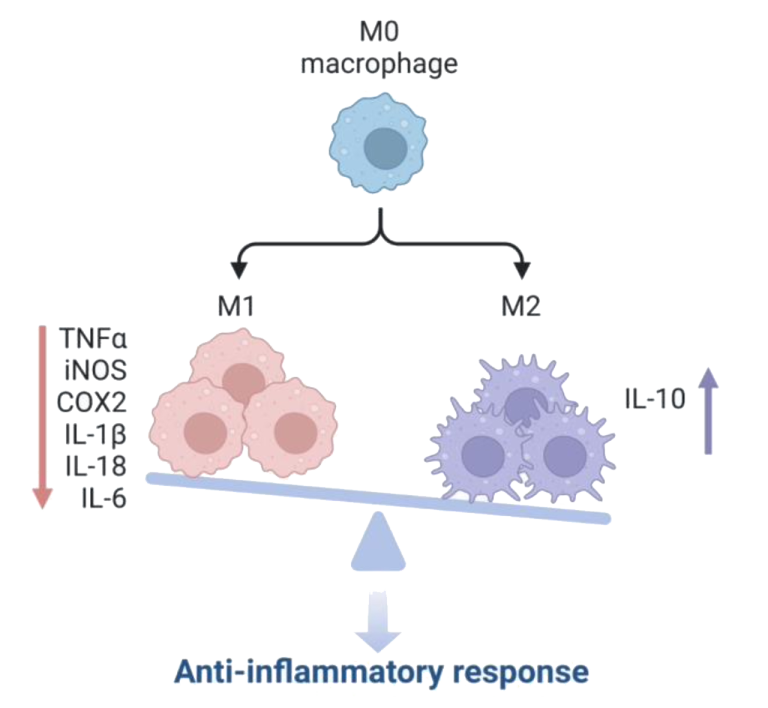
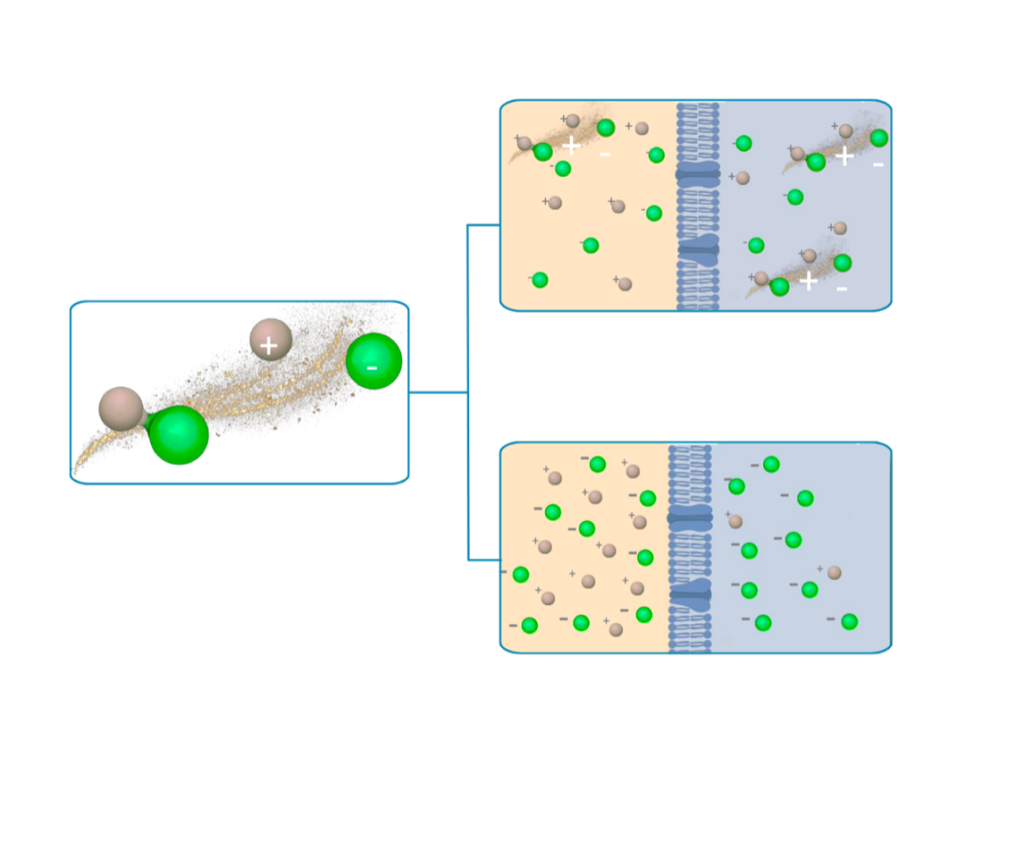
2. RESONANCE EFFECT
The energy package of QMR is capable of changing intra and extracellular ions, altering the transmembrane potential of stem cells and macrophages.
1) Breaks bonds without heat thanks to the resonance effects.
2) Modification of ions concentration in the intracellular/ extracellular matrix of the cells.
3) Generate significant changes in transmembrane potential of the target cells.
Read the scientific paper: HERE
3. STEM CELLS REPLICATION
The change in the transmembrane potential of the stem cells induces their replication. The stem cell regenerates asymmetrically, creating two stem cells named mother and daughter.
Read the scientific paper: HERE
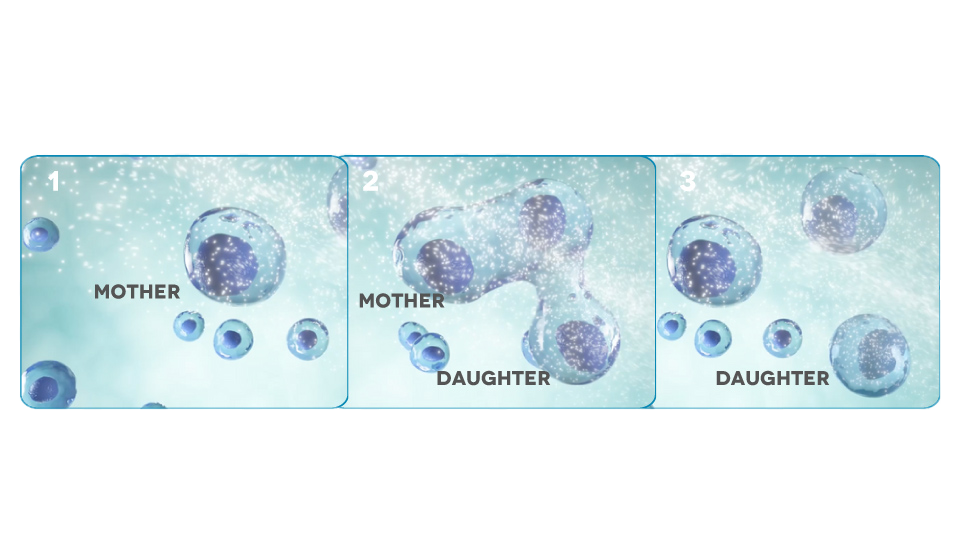
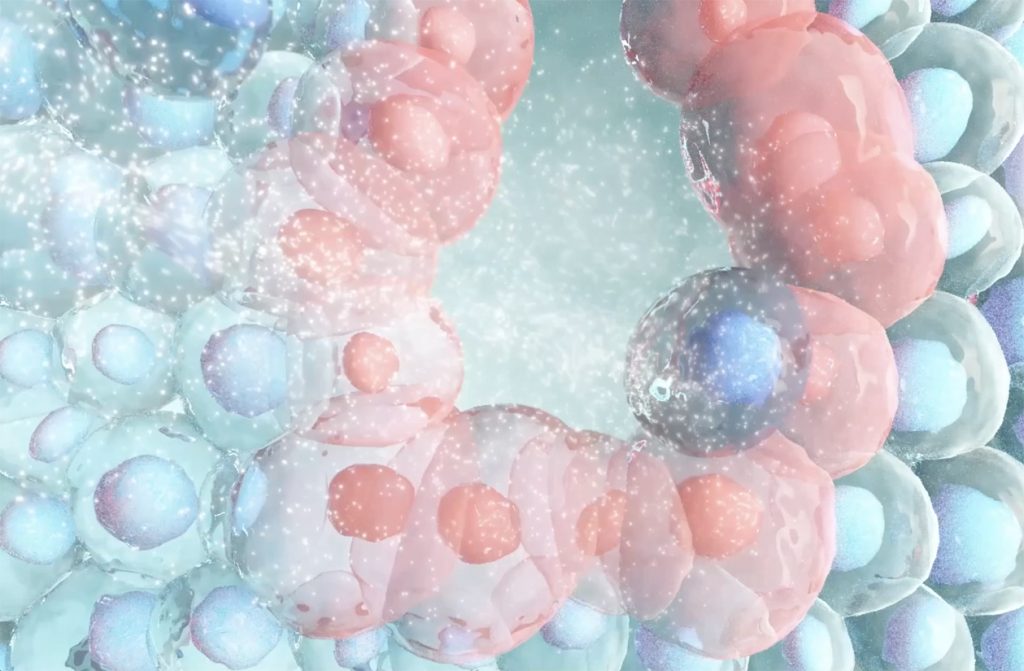
4. REGENERATIVE PROCESS
Through the immune system, the daughter goes to regenerate tissue of non-functional ocular structures.
5. NATURAL REGENERATION COMPLETED
The regenerated tissue has the same functional characteristics as the tissue before the damage.
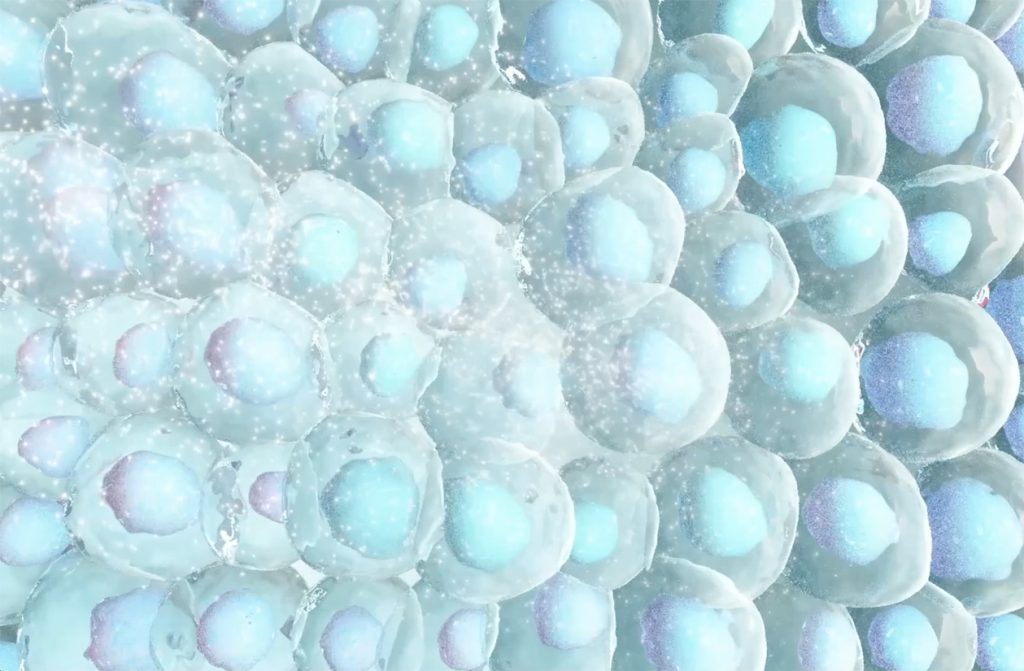
The Essence of QMR and Electric Currents
The human body is a complex network of electric
currents, essential for everything from muscle
contractions to sensory processing. Building on this natural phenomenon, QMR technology harnesses specific frequency ranges (4 to 16 MHz) to resonate with the molecular vibrations in biological tissues.
This resonance maximizes energy transfer,
facilitating precise surgical incisions without significant heat generation, as initially discovered and utilized by Telea Medical.
The broader implications of QMR technology extend its utility beyond precise surgical applications, marking a new era in medical treatment and innovation.

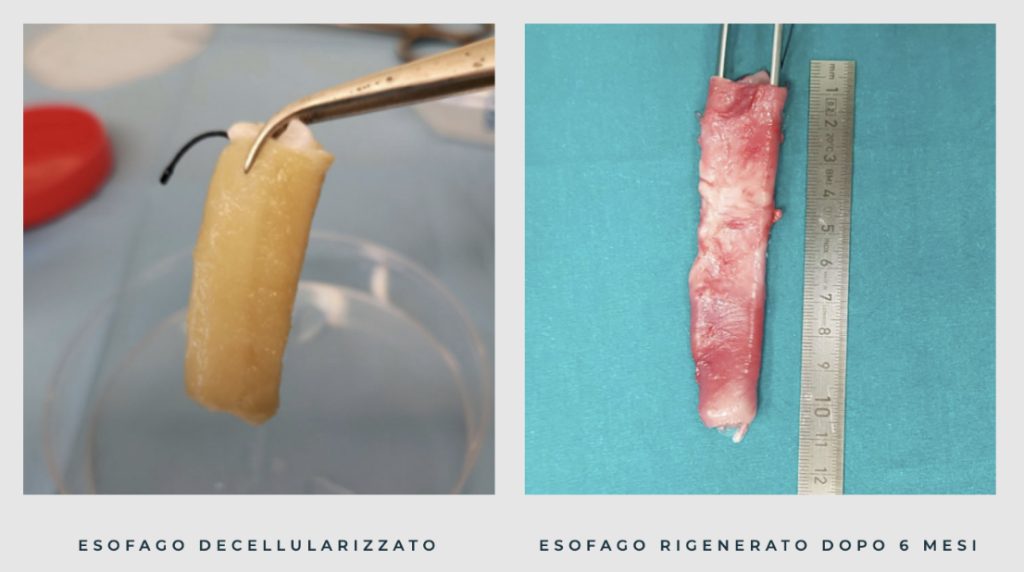
QMR and Tissue Regeneration
Expanding the scope of QMR, research has shown that signals within an extended frequency range (4 to 64 MHz) can profoundly stimulate metabolism and natural tissue regeneration.
This groundbreaking discovery is attributed to the mechanical deformation of cell membranes, increased calcium release, and enhanced metabolic activity. Advanced studies, including DNA
micro-array analysis, have further validated the ability of QMR to promote the over-expression of genes involved in natural tissue regeneration processes.
The potential of QMR in medical fields
such as aesthetic medicine, pain management, and physiotherapy is vast, with promising results in healing deep wounds and potential applications in corneal wound healing.
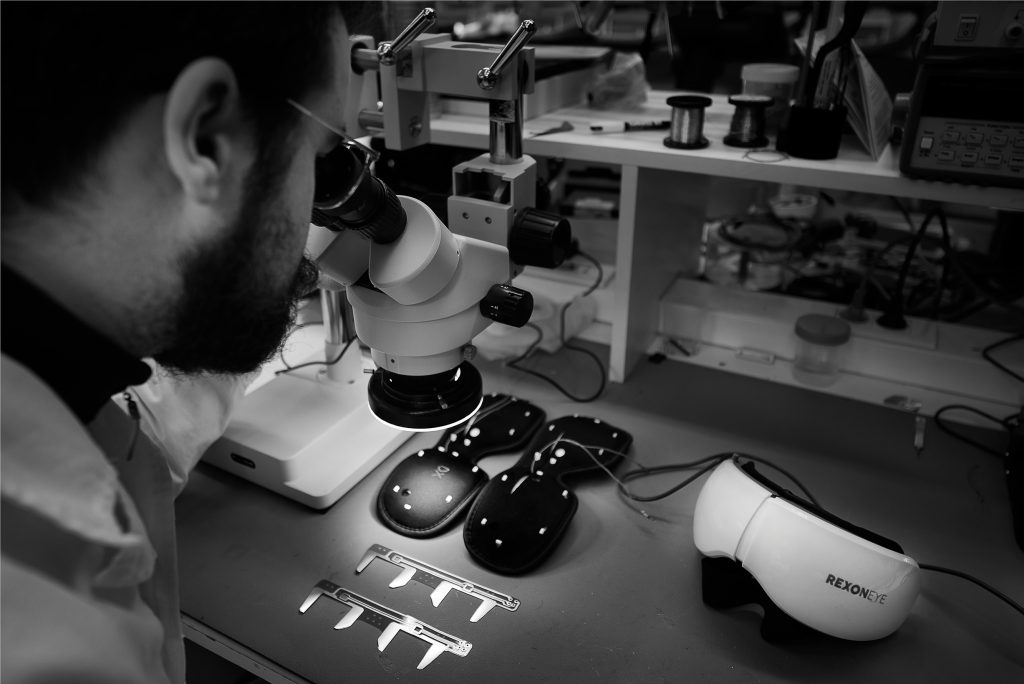
Anti-inflammatory effect of QMR
Inflammation plays a key role in what is called the “vicious circle of Dry Eye”.
Inflammation leads to tear film instability and ocular surface damage. As the eyes become drier, the level of inflammation increases.
This heightened inflammation further exacerbates the dryness of the eyes.
QMR® interrupts this circle through its anti-inflammatory effect.
QMR® acts to modulate the macrophage polarization from pro-inflammatory M1 phenotype towards the anti- inflammatory M2 phenotype.
Macrophages M2 reduce inflammation,
downregulating inflammatory cytokines and releasing Anti-inflammatory cytokines. *1

